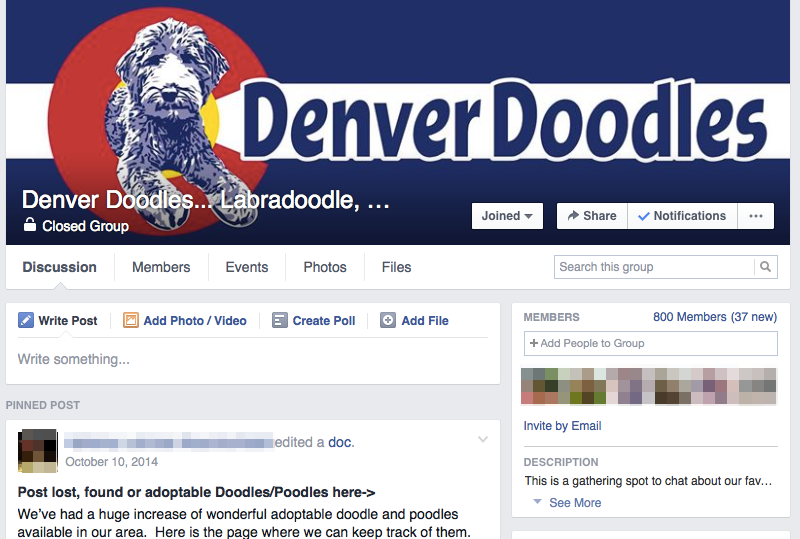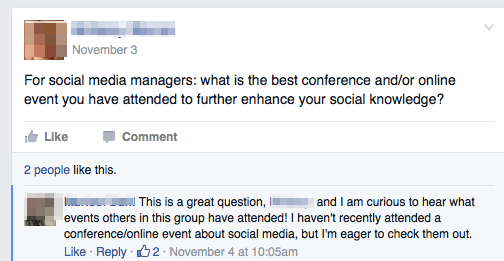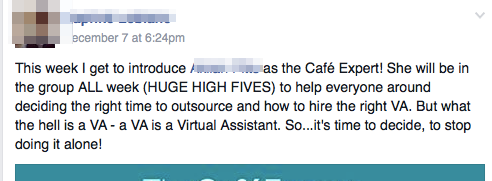 Writing is the heart of your business, but so is developing a community for your readers. Self-promotion is a necessity in today’s modern author world. If you’re tempted to run away, don’t. Hear me out. It takes days, weeks, months, and sometimes years to develop a book. A reading community can’t be built in a day. It takes time and effort.
Writing is the heart of your business, but so is developing a community for your readers. Self-promotion is a necessity in today’s modern author world. If you’re tempted to run away, don’t. Hear me out. It takes days, weeks, months, and sometimes years to develop a book. A reading community can’t be built in a day. It takes time and effort.
Do you have ten minutes in your day that you can spare for those who support your work? Of course, you do!
Here are some quick tips to cultivating your readers that take ten minutes or less:
- Set up Google Alerts to track where you’re mentioned. You need to know what they’re saying about you! You can set up an alert for your name, book title, Twitter handle, Instagram handle, site URL, and more. When you find people who have mentioned you and your work, stop by and give them a thank you and show your appreciation for their support of your work. It’s an excellent way to connect with new readers.
- Use polls to connect with your readers. You don’t have to create book-only polls. If you’re having trouble with Photoshop, or struggling to figure out which font to use in Canva, set up a poll and ask for help. If you do choose to go with a particular person’s (or group’s) choice, make sure you give them credit.
- Surround yourself with those you admire. This doesn’t mean you should look down on anyone, but your reputation is important. If you hang around with someone (especially online) who is shady or shifty, their behavior will reflect on you as well. By that same token, if you only associate with national and international bestsellers, you may come off as snobby and unapproachable. Stay true to yourself and only recommend and support those you would in real life.
- Update your bios on all platforms. You should have a bio that says who you are, what you write, and list all your important links, titles, and awards. A long bio will also list the books you’ve published. Develop four sizes of bios. One should be a tagline (perfect for Twitter, and for starting your other bios), the next should be two sentences max (great for Instagram, and Facebook’s short bio), the third should be two paragraphs (Facebook long bio, Author pages, summary information for article writing, and more), and the final should be a page long. That page should be a template you pull your other bios from, and it should, at a minimum, be on your website. The page long should list your books, all social media links, and any bonus content you offer for them signing up to your newsletter.
- Do you look at pictures of your favorite authors? Chances are you’ve sneaked a peek at one or two behind-the-scenes photos. Whether it’s book- or life-related, showing that extra insight into your world can help bring your readers with you.
- Go for interaction! Create a prompt event. Use a theme, image, riddle, or whatever you like to create a place for your readers to connect with you. Ask a single question and use a single call to action to cut down on confusion. It’s a great way to interact with your community, and it doesn’t take very much time. If you’re looking for a great way to host a contest, this is a fantastic place to start. For everyone who leaves a comment (with the correct answer, if you’re asking trivia or riddles), enter their names into a contest for a drawing. That way you reward those who interact while still giving back to your community.
- Reply to comments! Thank anyone who has used your free content or downloaded your book during a quick sale. If you spend time being grateful to your readers, they will show their support in ways you won’t expect.
Cultivating a community takes time, but it’s worth it. You want to take potential readers and turn them into loyal fans. Choose one tip to work on at a time. Your book wasn’t written in one day and neither will the development of your reader community. Which of these will you try first?







